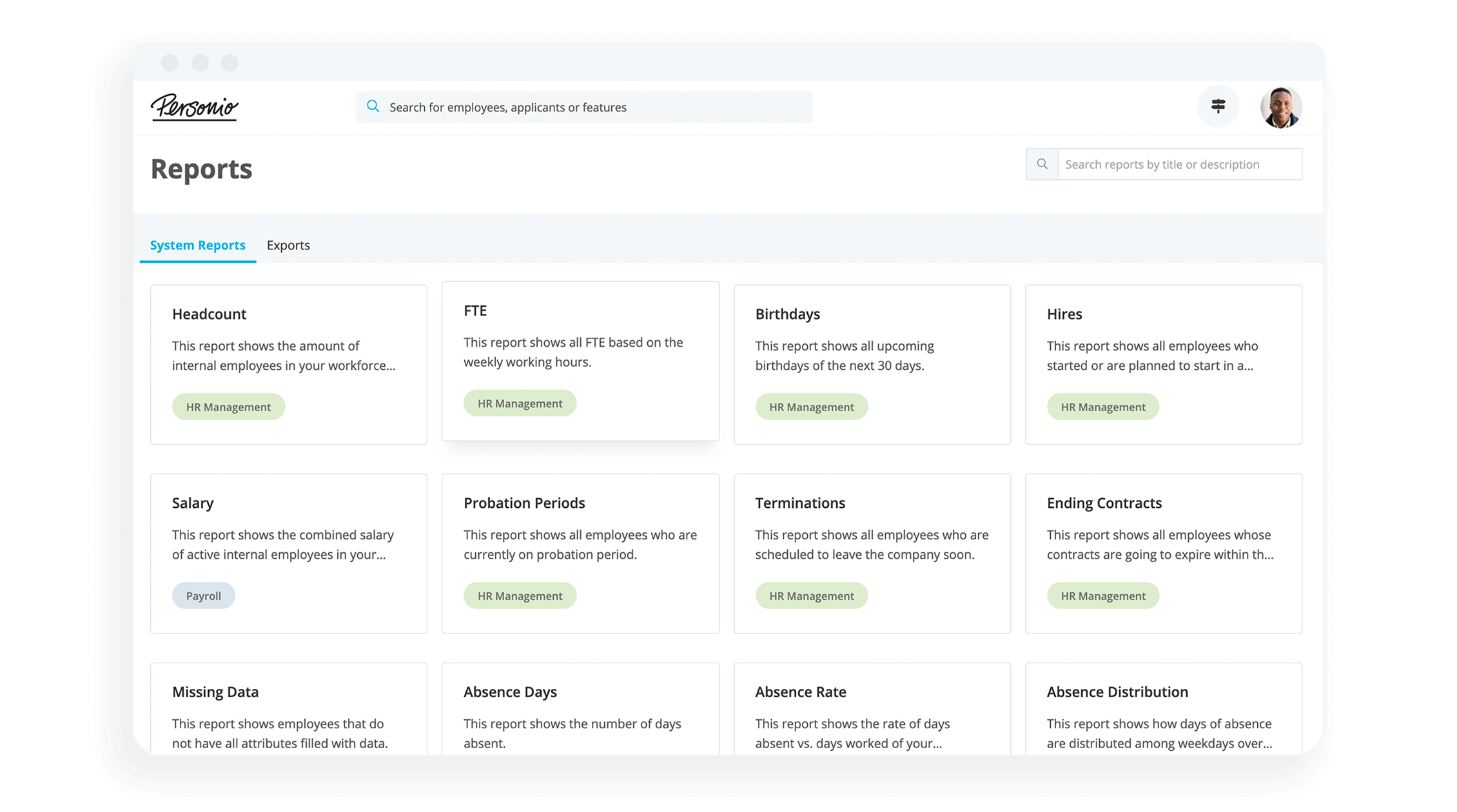What Is Affiliative Leadership? Definition & Tips

Affiliative Leadership – Definition & Characteristics
Affiliative leadership can be a tricky balance to strike for many leaders, but the benefits can result in higher productivity and engagement from your employees. In this article, we’re building the case for encouraging a more affiliative style of leadership starting today.
What is Affiliative Leadership?
Affiliative leadership, based on Daniel Goleman’s leadership styles, is based on the idea of putting people first. Leaders who take the affiliative approach rely on flexibility and are able to generate team spirit instead of promoting competitiveness.
According to Goleman’s theory, reciprocity is a rule which fully applies to this style. When someone treats you well, you feel compelled to do the same in return. Essentially, this kind of positive working environment leads to better overall employee performance.
Pros and Cons of Affiliative Leadership
Affiliative leadership comes with its own positives and negatives. Its success depends not only on the emotional intelligence of the leader but also on the response of every single staff member. We paint the full picture below…
Advantages of Affiliative Leadership
A Strong Sense of Belonging
A team under the guidance of an affiliative leader has a strong bond between its members. This is based on trust and a sense of belonging. When each team member feels positively connected to the other, they will achieve their goals more easily. This is particularly helpful when the team has to face tough times or stressful situations.
Increased Team Productivity
A recent study of the Department of Economics at the University of Warwick shows that feeling comfortable at work makes people 12% more productive. An affiliative leader ensures that people feel a sense of trust and that they will be supported no matter what. When co-workers feel comfortable asking for help, problems are more likely to be resolved before they get worse.
Feedback That Drives Performance
By recognising every single contribution to the team, no matter how small, affiliative leaders help co-workers feel more confident and motivated. Shortcomings are also communicated clearly, but without dwelling on them. This style of leadership can make the team feel appreciated and inspire them to perform even better.
Disadvantages of Affiliative Leadership
Avoiding Unpleasant Situations
When you are happy at work, why bother talking about missed targets or a lack of initiative? For the sake of harmony, affiliative leaders may simply try to keep all negativity at bay. Postponing difficult situations or conversations without intervention could be counterproductive.
A Risk of Underperformance
Slow and intentional does not always mean better. There should be realistic targets, but if there is a necessity to speed up in order to reach a goal, everybody should keep pace.
Risk Feeling ‘Hands Off’
Being flexible and respectful does not equate to a lack of leadership. That being said, many people who are accustomed to more authoritative leadership styles could misinterpret your behaviour and see you as a weak leader instead of following your style.
The 5 Main Characteristics of Affiliative Leadership
Do you put your co-workers first? Do you ask them for constructive feedback and to be open to dialogue? Do you think emotional intelligence is important? Then you are an affiliative leader!
1. Prioritising Co-Workers
Creating career opportunities, allowing learning and gaining of new skills, being flexible and supportive – an affiliative leader knows how to unlock their employees’ potential. By giving priority to their employees’ financial, mental and emotional needs, an affiliative leader makes a long-lasting investment.
2. Constructive Feedback Loops
When it comes to your own work, your co-workers are the best source of feedback. How do you utilise this precious resource best? Follow these steps to create a constructive feedback loop:
Request feedback
Ask for details
Analyse the information
Decide how to respond
Plan or take action to improve
3. Participative Dialogue
When applied consistently, the concept of participative dialogue facilitates the empowerment of employees and makes them feel like their voice matters. Good managers take their time to ask open-ended and thought-provoking questions related to the specific tasks of each team member.
This way, the most important information is shared spontaneously and helps managers to address existing issues more effectively.
4. A Strong Moral Compass
Every human being possesses a moral compass. This is a person’s ability to judge what is right and what is wrong, and to act accordingly. Our life experiences, as well as many other factors, influence our moral compass. Sharing and respecting common values is the basis for solid interpersonal relationships and good teamwork.
5. Emotional Intelligence
According to the Harvard Business School, the emotional intelligence or emotional quotient (EQ) ‘is the ability to understand and manage your emotions and the emotions of others’ and is a crucial component of leadership.
Streamline Your Employee Development

Define performance cycles, set goals, give effective feedback and evaluate performance fairly. Put structure on how you grow and retain staff with powerful performance management.
Boost your performanceAffiliative Leadership Examples To Put Into Practice
How does affiliative leadership work in reality? Let us give you some examples.
Your team starts a project, and you have to introduce a new software tool. Speaking to your employees without listening to their questions and concerns isn’t a dialogue. If John asks you how to open the application and use the two-factor authentication, you should stop and answer him. If you don’t want to interrupt your presentation, you can simply say: ‘Good question. Let’s take a look at this together later.’ Just give him a sign you have listened.
When employees dare to say publicly that something went wrong, this is a sign that your affiliative leadership style works. If Stacy fears that her mistake during the reunion will only be met with criticism, she probably will decide not to say anything. And what if you made a mistake and nobody tells you? Allow your co-workers to say that you made a mistake, and they will trust you and follow you.
Frequently Asked Questions (FAQ) about Affiliative Leadership
What Is Affiliative Leadership?
Affiliative leadership is an approach by which leaders put the person first and assure peace and harmony at the workplace.
What Is an Example of Affiliative Leadership?
You are an affiliative leader when you are able to listen, understand and give priority to your employees’ needs and make them happy.
What Are The Characteristics of Affiliative Leadership?
There are five cornerstones that define affiliative leadership: Prioritisation of employees, constructive feedback loops, participative dialogue, strong moral compass and emotional intelligence. Want to dive deeper?
Is Affiliative Leadership Good?
We can definitely give an affirmative answer to this question. Affiliative Leadership promotes harmony and peace and creates a motivated workforce which is deeply bound to its leader and its organisation.It is scientifically proven that happy people are more productive.
Become An Affiliative Leader Today
There are different ways to run your team and the affiliation is just one of them. Being aware of how your guidance impacts your employees is crucial. Better leadership requires understanding of plenty of topics. Want to dive deeper? You can find more information on our Personio-Blog and read about the 7 different ways to build more diverse leadership in your organisation.
With Personio you can save time to dedicate to your employees. Book your demo and drive your employee performance to new heights.
Disclaimer
We would like to inform you that the contents of our website (including any legal contributions) are for non-binding informational purposes only and does not in any way constitute legal advice. The content of this information cannot and is not intended to replace individual and binding legal advice from e.g. a lawyer that addresses your specific situation. In this respect, all information provided is without guarantee of correctness, completeness and up-to-dateness.

